English | Dutch |
|
| Unexpected visit to Russia | |
Saaremaa (Estonia) to Sandomierz (Poland), August 2013
|
|
| |
|
After we visited the Estonian islands of Saaremaa and Hiiumaa, we brought a short visit to the city Haapsalu before we headed to Estonia’s capital city Tallinn. And as Latvia’s capital city Riga, Tallinn is a tremendous beautiful city with a fairytale atmosphere. But unfortunately, the city is becoming more an amusement park than a real city (see also our photo impression about Tallinn). If you add to that the hundreds of daily ‘booze cruise’ visitors from Finland who come here to get drunk as much as possible, and you’ll understand that we were around ten years too late to visit the city. How beautiful must have this city been in the time of the Soviet Union or just the couple of years after that? It is now totally focused on tourism.
|
|
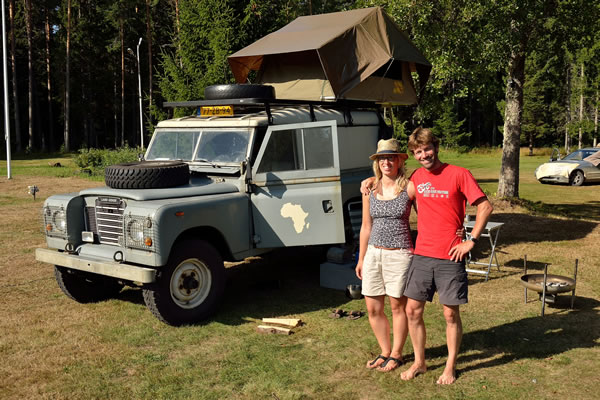 |
|
Mark and Nancy with their 1981 Land Rover |
|
We visited St. Petersburg before, so we already knew that it is a special city. Unlike cities as Riga and Tallinn, St. Petersburg is still a real city. Of course, there are many tourists, but they are just a fraction of the total number of people living in this metropolis. We had a lot of rain on the first day, but the second day was sunny. We spent the nights on a parking of a hotel. The parking doubles as a small campground in the summer time. We were just three metro stations away from the city center. We got the necessary stamp in our passport and headed after two full days in St. Petersburg back to the border. The border formalities went smoothly, so we also got our first experience with crossing a tougher border (see also the article about the border crossing between Estonia and Russia). When we were back in Estonia, we continued our journey southwards, through the eastern parts of the Baltic States. The eastern part of Estonia, Latvia and Lithuania are poorer than the more central and western areas. It seems that these eastern regions are one of the poorest regions in the European Union.
|
|
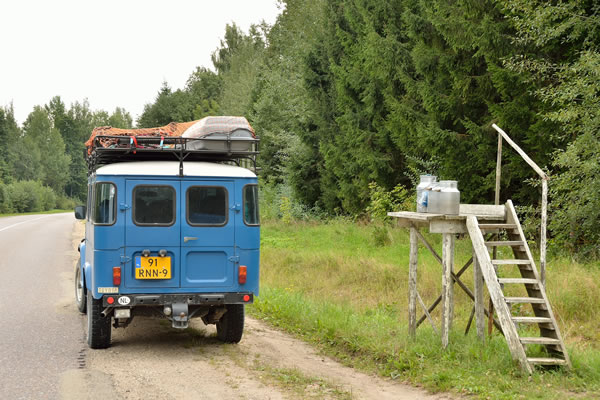 |
|
A place along the way (Latvia) where farmers put their milk to be picked up by the milk truck |
|
| It wasn’t far anymore to Poland. But we had one stop to make in Lithuania. Near the spa resort town Druskininkai is the bizarre statue park Grutas Park. It is the initiative of mushroom king Malinauskas, who earned a fortune by selling canned mushrooms. He bought a lot of old Soviet statues that once decorated the parks and squares in Lithuania. He was of the impression that people would like to come to his park on their weekend days to ‘admire’ old Soviet sculptures. And he was right. He made a sort of amusement park around it, complete with children’s play garden and mini-zoo (see also our article about Grutas Park). A day later we crossed the border with Poland again. We drove further south along the Belarussian border to the famous Bialowieza National Park. This park holds one of Europe’s last vestiges of lowland forest. We did expect that the forest was much bigger than it appeared to be, but we still had a great time. And yes, we saw a wild European Bison, Europe’s largest land mammal and still very rare (see also our photo impression about Bialowieza NP). By the way, sleeping on the quiet camping wasn’t always easy, thanks to a group of noisy Dutch farmers, who were on a study trip (see also the column about the farmers).
|
|
 |
|
The once very powerful nuclear power station in Visaginas (Lithuania) |
|
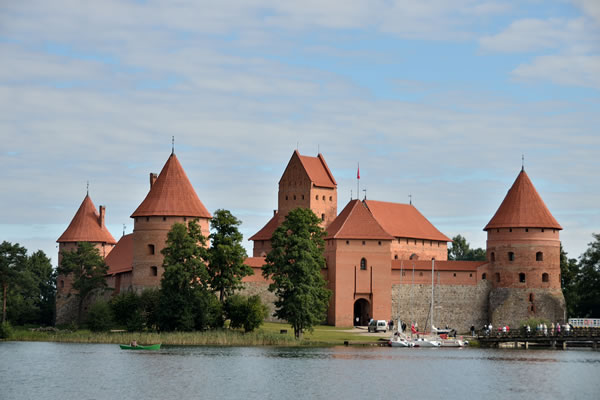 |
|
The island castle of Trakai near Vilnius |
|
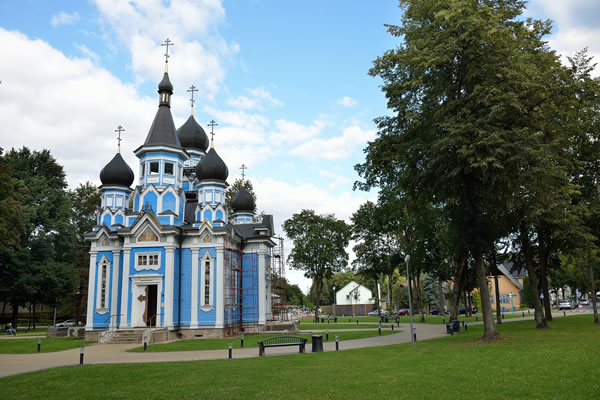 |
|
An old Russian Orthodox Church in Druskininkai |
|
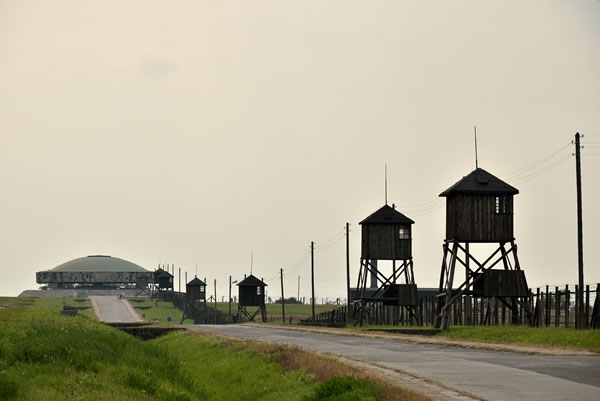 |
|
The fence of the Majdanek concentration and extermination camp in Lublin (Poland) |
|
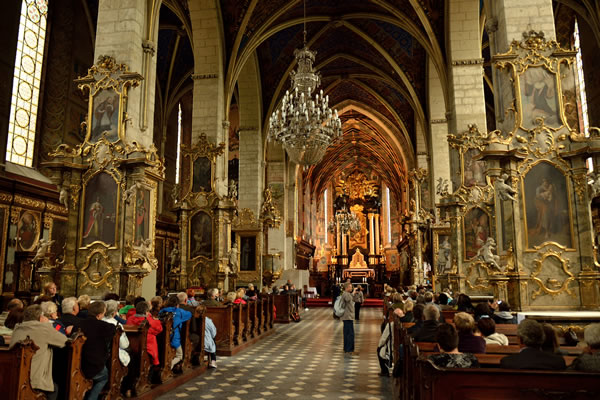 |
|
The beautiful interior of the Cathedral of Sandomierz (Poland) |
|
| <Previous weblog> | |